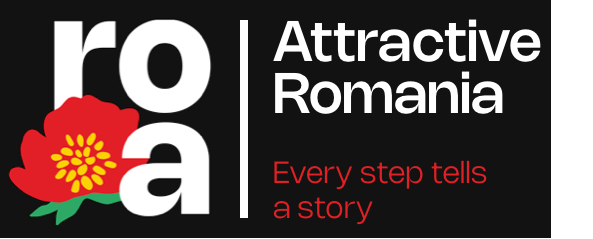Welcome to Ozun commune, a land of Transylvanian history and traditions! Situated in Covasna County, Ozun awaits you to discover its unique traditional architecture and charming landscapes. The 7 villages that make up the commune are: Ozun, Bicfalău, Lunca Ozunului, Lisnău, Lisnău-Vale, Măgheruș, and Sântionlunca. They will greet you with well-built houses, large barns, and wooden roofs, akin to rural ornaments.
Discover the local crafts, passed down from generation to generation: woodworking for tubs, barrels, and traditional painted furniture; bone carving and pottery.
Every step you take is a journey through time, and the cultural landscape is special because it faithfully preserves the medieval landscape of Europe: in the center of the village stands the church, surrounded by houses, followed by the circle of vegetable gardens, orchards, arable land, hayfields, and pastures, the outer circle being the forest itself.
Ozun is the place where tradition, history, and natural beauty meet in a unique way. Every corner of this land invites you to explore and experience authentic moments amidst a rich and lively culture.
History and Architecture
The name of Ozun commune means "long" and comes from Old Turkish, with the first documentary attestation of the village dating back to 1332. By 1557, the village already had 6 households. Archaeological excavations have revealed traces of settlements in the area since the beginning of the Bronze Age.
The cultural landscape is specific: in the center of the village is the Church, surrounded by houses, followed by the circle of vegetable gardens, orchards, arable land, hayfields, and pastures, with the outer circle being the forest itself. The houses are well-built, with large barns crafted with great aesthetic sense. Their foundation is made of stone, often without lime mortar. Access to the house is always from the courtyard. The porch appeared much later and is present in almost all households, with grapevines planted for shade.
The facades of the houses are adorned with carpentry that enhances the architectural value of the buildings. We must note the specific Székely gates, large, made of wood, or the gates with carved stone pillars.
Unique Experiences
Within the administrative territory of the commune, we encounter a protected natural area, the Mestecănişul de la Reci - Bălţile de la Ozun-Sântionlunca.
In the village, there are several historical monuments, including: the Reformed Church (17th century), the Béldy-Mikes Castle (1755), the Ujvárosy-Agoston Manor (1810 - 1825), the Pünkösti Manor (1810), and the Temesvári Manor (19th century).
To enrich your experience, it is worth visiting: the Roman Catholic Church in Sântionlunca (1774), the Szent Iványi Chapel in Sântionlunca (18th century), the Reformed Church in Bicfalău (16th century), the Simon House in Bicfalău (1793), the Reformed Church in Lisnău, a historical monument, the Reformed Church in Măgheruș (1752), or the Barabás and Törökvár Fortresses in Lisnău-Vale.
Reviews





















 Continue with Google
Continue with Google
